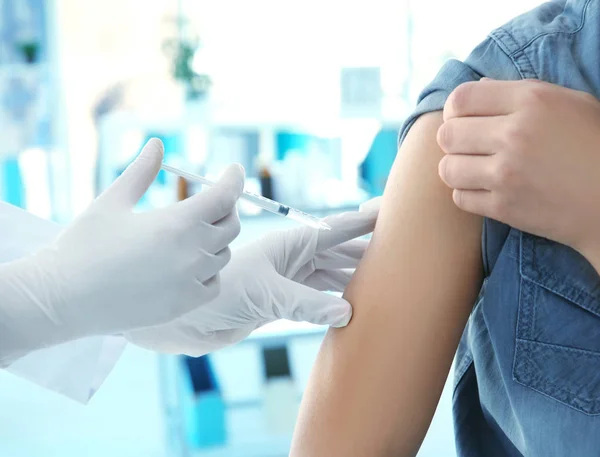PPE and COVID-What You Need to Know

The COVID-19 pandemic has emphasised the importance of personal protective equipment (PPE) in preventing the spread of the virus. PPE, which includes the highly effective p2 mask, face shields, gloves, etc., is crucial in safeguarding healthcare workers and the general public from infection. This article will delve into the significance of PPE and explore different types of protective equipment essential in the fight against COVID-19.
Understanding PPE:
Personal protective equipment is specialised gear that acts as a barrier between individuals and potential hazards. In the context of COVID-19, PPE is designed to protect against respiratory droplets containing the SARS-CoV-2 virus. It includes various items such as masks, gloves, face shields, goggles, and gowns.
Masks:
Masks are one of the most prominent and effective forms of PPE in preventing the transmission of COVID-19. There are two primary types of masks: N95 respirators and surgical masks. N95 respirators, also known as P2 masks, provide a higher level of filtration and a better fit, making them ideal for healthcare workers exposed to COVID-19 patients. On the other hand, surgical masks offer basic protection for the general public, reducing the risk of virus transmission.
Gloves:
Gloves serve as a protective barrier for the hands, preventing direct contact with contaminated surfaces. They are particularly crucial in healthcare settings where personnel are exposed to bodily fluids and potential sources of infection. It is essential to remember that gloves alone cannot guarantee protection and should always be used with other preventive measures.
Face Shields and Goggles:
Face shields and goggles provide eye and face protection, preventing the entry of infectious droplets through mucous membranes. They are commonly used during procedures that may generate respiratory droplets in healthcare settings. When used in conjunction with masks, face shields and goggles offer comprehensive protection for the eyes, nose, and mouth.
Gowns:
Gowns are protective garments worn over clothing to provide a barrier against contamination. Healthcare workers typically use them during procedures involving exposure to bodily fluids or when caring for patients with confirmed or suspected COVID-19. Gowns are designed to cover the entire body and are essential to infection control protocols.
Proper Use and Disposal of PPE:
It is absolutely necessary to understand the proper use and disposal of PPE to maximise its effectiveness and minimise the risk of cross-contamination. Here are some key guidelines:
Donning and Doffing:
Proper donning and doffing of PPE are essential to prevent self-contamination. Individuals should receive training on how to wear and remove PPE safely. It involves a step-by-step process, including hand hygiene, putting on the PPE in the correct order, adjusting for proper fit, and removing it without touching the contaminated surfaces.
Avoiding Contamination:
During use, avoiding touching the outside of masks, face shields, goggles, and gowns is crucial. Regular hand hygiene should be practised, including handwashing with soap for at least 20-30 seconds or using hand sanitisers with at least 60% alcohol content.
Disposal:
Used PPE should be disposed of properly to prevent transmission. Disposable masks, gloves, and gowns should be discarded immediately after use in designated bins or bags. It is important not to reuse single-use items, as they may carry infectious particles.
As the battle against COVID-19 continues, personal protective equipment remains integral to the defence against the virus. P2 mask, gloves, face shields, goggles, and gown is vital in reducing transmission risk and protecting healthcare workers and the general public. Adhering to proper use, disposal, and hygiene practices related to PPE is crucial for effective infection control. By understanding the significance of PPE and following guidelines, we can contribute to curbing the spread of COVID-19 and protecting ourselves and others from the virus.

